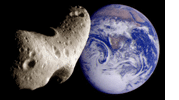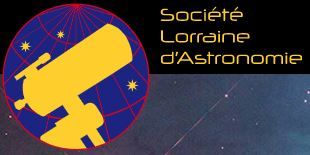Bonsoir,
Un tout nouveau groupe sur FB concernant le "Hessdalen Light Phenomenon" (HP) vient de s'ouvrir. Il est d'accès public mais peu de gens y seront invités pour éviter les dérives.
Voici son but :
J'ai déjà et à l'instant apporté ma petite contribution concernant la question de ce qui pourrait être fait :
Je conseil à toute personne sérieuse de bien vouloir me contacter par mp si vous souhaitez rejoindre ce groupe et être en contact direct et quotidien avec les différents scientifiques impliqués.
++
Buck
Un tout nouveau groupe sur FB concernant le "Hessdalen Light Phenomenon" (HP) vient de s'ouvrir. Il est d'accès public mais peu de gens y seront invités pour éviter les dérives.
Voici son but :
This group is for discussing the Hessdalen Phenomena (HP). What HP can be, what kind of observations, description of the HP, measurements, info about other sites, etc...
J'ai déjà et à l'instant apporté ma petite contribution concernant la question de ce qui pourrait être fait :
With Commercial Off the Shelf Technology (COST), it sure is possible to gather some valuable data with today's available technology...(dixit Scot Stride) The hard part is to make decisions based on your own operational goals as far as investment/credits/sponsoring goes (hard & software). That is putting up together a research methodology and strategy that enables you to construct a basic set of working assumptions (suppositions) regarding the HP.
As an example, Scot Stride (NASA/JPL/S3ETI/SETV) put up such a set of search methodology steps, here they are :
1. Decide what probe features to search for.
2. Establish a bounded search space or volume.
3. Survey the available instruments and sensors.
4. Match the detectable probe features with the available instruments
5. Develop a set of design requirements and specs for an observatory
6. Select a data management and analysis strategy.
7. Derive hypotheses.
8. Design and build the Observatory and begin search.
A basic concept would be to build a TDA (Telescope-Dectector-Analyzer) which is basically the main opto-electronic unit which consit of :
-A radar (primary) tracking station
-An IRST system (as Infrared Searching and Tracking device)
-A laser device (distance determination)
-A Photon-Counting Photometer (PCP)
-CCD detectors (imaging and spectroscopy)
-Up to 20 small telescopes to simulteanoulsy obtain data of different types
In other words, military-like tech' & astronomy tech'
ps : Having full-access to primary search and secondary search radar data from military and non-military sites would be the first thing to do imo if not done yet...Filtering out noise from real signals is or should be a top priority in order to lower the signal to noise ration.
Je conseil à toute personne sérieuse de bien vouloir me contacter par mp si vous souhaitez rejoindre ce groupe et être en contact direct et quotidien avec les différents scientifiques impliqués.
++
Buck

 Accueil
Accueil





















